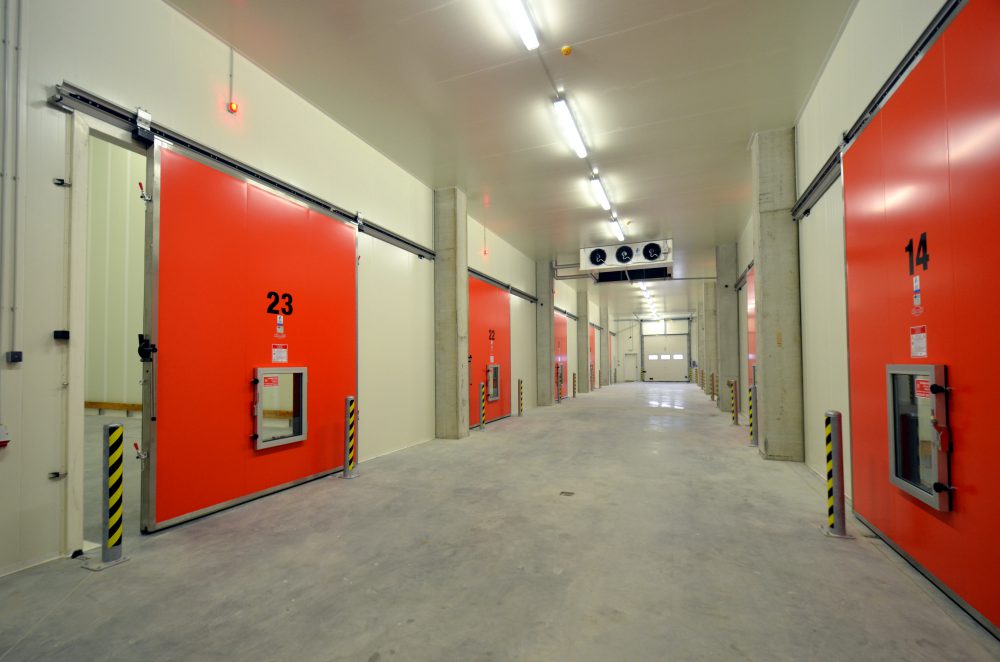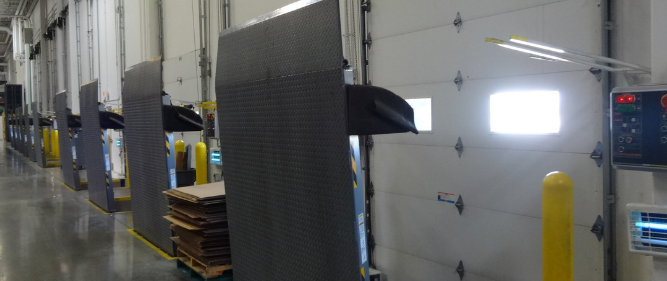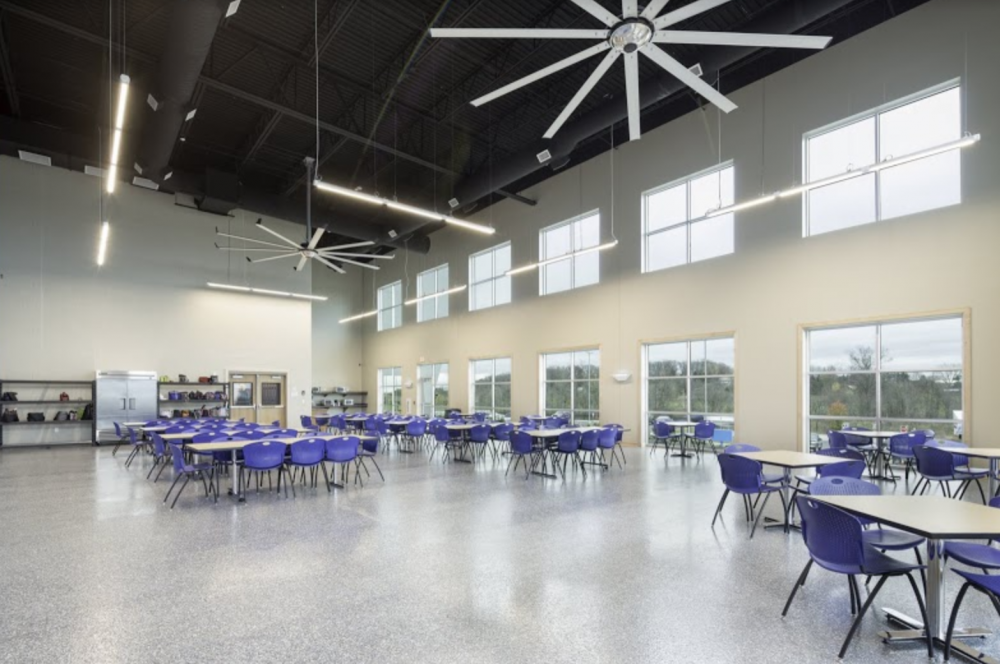Maximizing Drone Technology on Food Plant Construction Sites [VIDEO]
Maximizing Drone Technology on Food Plant Construction Sites from Stellar on Vimeo.
Unmanned aerial vehicles (UAVs), commonly known as drones, are revolutionizing the way buildings are designed and constructed. Stellar leverages this technology on our job sites to make projects more efficient, accurate and cost-effective.
Here are some of the ways we utilize drones:
Continue Reading “Maximizing Drone Technology on Food Plant Construction Sites [VIDEO]”




![Maximizing Drone Technology on Food Plant Construction Sites [VIDEO]](https://stellarfoodforthought.net/wp-content/uploads/2019/06/Maximizing-Drone-Technology-on-Food-Plant-Construction-Sites-VIDEO.png)




![Do These 5 Things to Maintain Food Safety in Your Older Facility [Infographic]](https://stellarfoodforthought.net/wp-content/uploads/2018/02/Screen-Shot-2018-02-23-at-12.32.42-PM.png)



![Installing Packaged Refrigeration vs. Traditional Systems [Infographic]](https://stellarfoodforthought.net/wp-content/uploads/2018/08/083018_Feature-image.png)